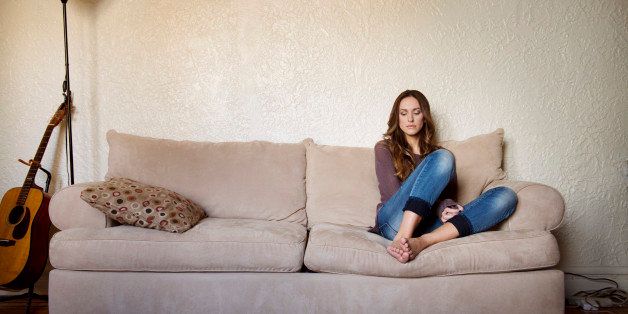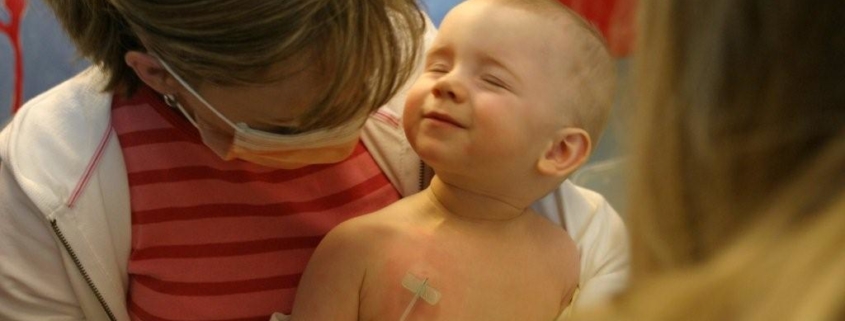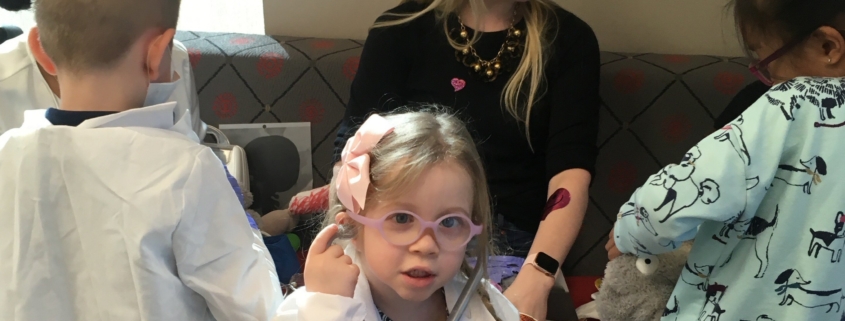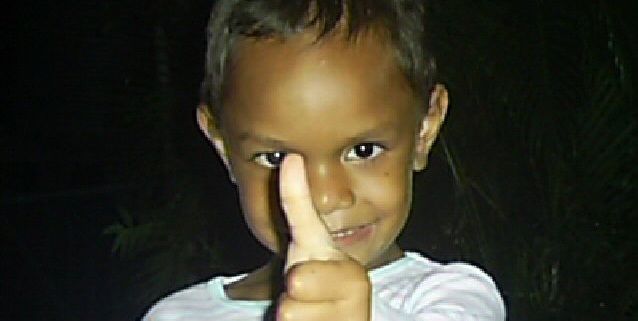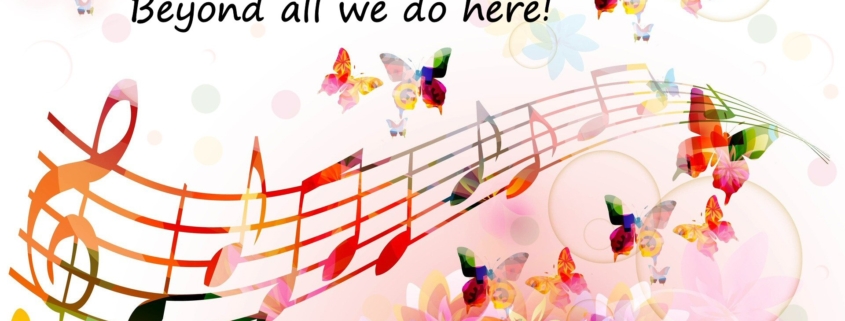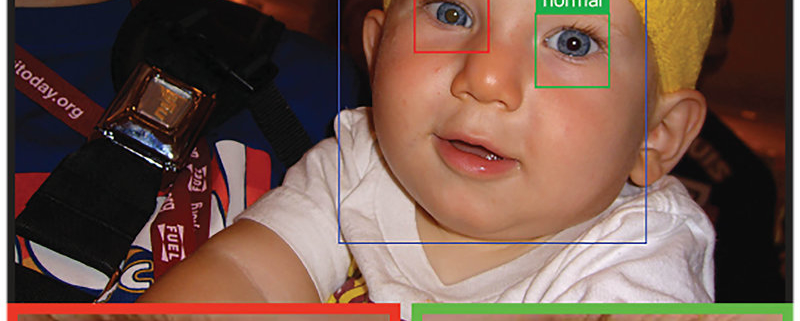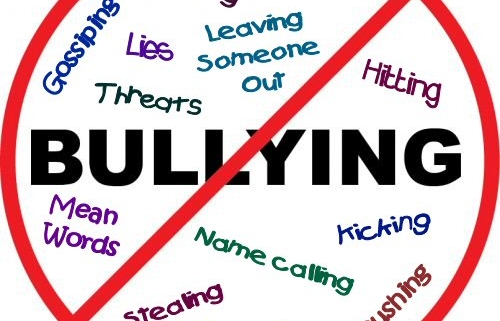Coronavirus: How to Protect Your Mental Health During Home Isolation
The coronavirus pandemic and social distancing measures are a high stress experience that may increase the risk of PTSD in an individual already susceptible due to childhood cancer trauma. Abby White explores 11 ways we can protect our mental health through the crisis, and reduce the risk of long-term negative effects.

